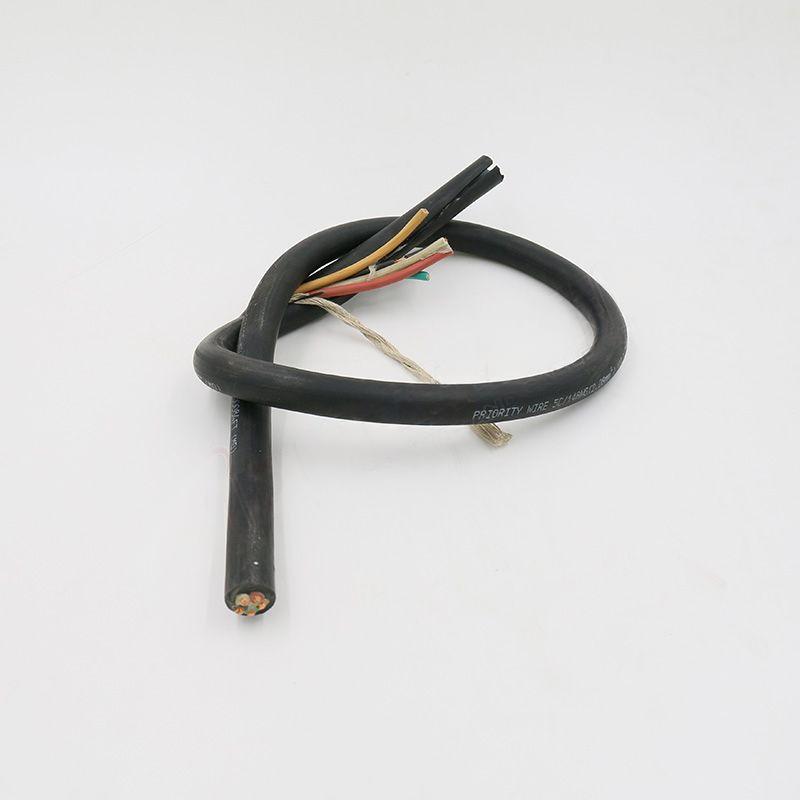ნოე . 11, 2024 03:04 Back to list
Flanged Ball Valve for Efficient Flow Control and Reliable Performance in Piping Systems
Understanding Flanged Ball Valves Design, Application, and Benefits
Flanged ball valves are essential components in various industrial processes, particularly in piping systems where control of fluid flow is necessary. These valves are designed to provide a reliable and efficient way to manage the flow of liquids and gases, and they feature a distinctive flanged connection, which offers numerous advantages in installations. In this article, we delve into the principles of flanged ball valves, their applications, key benefits, and maintenance considerations.
Design and Functionality
A flanged ball valve consists of a spherical disc (the ball) that rotates within the valve body to control fluid flow. When the ball's hole is aligned with the flow direction, the valve is open, allowing fluid to pass through. Conversely, when the ball is rotated 90 degrees, the hole is perpendicular to the flow, and the valve is closed. The flanged design refers to the flat surfaces at the ends of the valve that enable it to be bolted directly to the matching flanges on pipes. This connection provides a secure and stable assembly, minimizing the risk of leaks.
Flanged ball valves come in various materials, including stainless steel, carbon steel, and plastic, allowing users to select the valve best suited for their specific application and environmental conditions. The interior of the ball valve is often coated or lined with materials resistant to corrosion, further extending the valve's lifespan.
Applications
Flanged ball valves are widely used across numerous industries. Here are some common applications
1. Water Supply Systems In water treatment and distribution, flanged ball valves regulate water flow, ensuring efficient operation of the system.
2. Chemical Processing The robust construction of these valves makes them ideal for handling corrosive chemicals, where reliability and safety are paramount.
3. Oil and Gas In the oil and gas sector, flanged ball valves control flow at various stages, from extraction to refining, while ensuring minimal pressure drops.
4. Heating and Cooling Systems These valves are employed in HVAC systems to manage the flow of chilled and heated liquids, optimizing performance and energy efficiency.
5. Food and Beverage Industry Flanged ball valves made from sanitary materials are crucial for controlling flow in food processing applications, where hygiene standards are rigorous.
flanged ball valve

Benefits of Flanged Ball Valves
Flanged ball valves offer several advantages that make them a popular choice for fluid control
- Ease of Installation The flanged design allows for easy installation and removal. This accessibility is particularly beneficial during maintenance or replacement procedures.
- Leak Prevention Flanged connections provide a tight seal, which significantly reduces the risk of leaks compared to other valve types.
- Durability These valves are built to withstand high pressure and temperature fluctuations, making them suitable for demanding applications.
- Quick Operation The quarter turn operation of flanged ball valves ensures quick opening and closing, allowing for prompt control over fluid flow.
- Low Pressure Drop Due to their design, flanged ball valves typically exhibit lower pressure drops when open, thereby promoting energy efficiency in fluid transport.
Maintenance Considerations
While flanged ball valves are known for their durability, regular maintenance is essential to ensure optimal performance. Periodic inspections should be conducted to check for leaks, wear, and corrosion. Lubrication of the valve stem and checking the integrity of the seals are also recommended practices. Depending on the application, valves may need to be exercised regularly to prevent seizing.
Conclusion
Flanged ball valves play a crucial role in the operation of various industries, offering reliable and efficient control over fluid flow. Their unique design ensures ease of installation and maintenance, while their robustness allows them to function effectively in challenging environments. When choosing a valve for your application, considering factors such as material compatibility, size, and pressure ratings will ensure you select the right flanged ball valve for your needs. As industries continue to evolve, the importance of such valves in maintaining operational efficiency and safety cannot be overstated.
Share
-
Reliable Wafer Type Butterfly Valves for Every IndustryNewsJul.25,2025
-
Reliable Flow Control Begins with the Right Ball Check ValveNewsJul.25,2025
-
Precision Flow Control Starts with Quality ValvesNewsJul.25,2025
-
Industrial Flow Control ReliabilityNewsJul.25,2025
-
Engineered for Efficiency Gate Valves That Power Industrial PerformanceNewsJul.25,2025
-
Empowering Infrastructure Through Quality ManufacturingNewsJul.25,2025